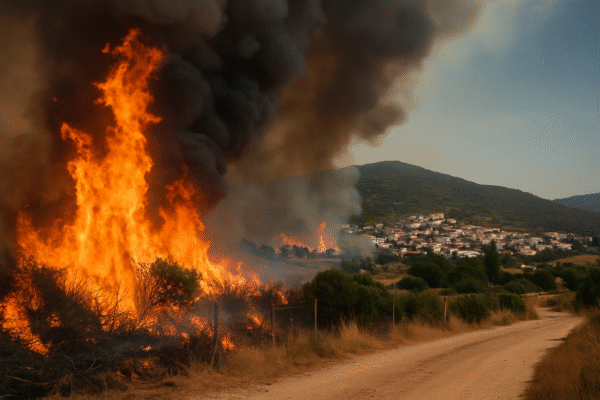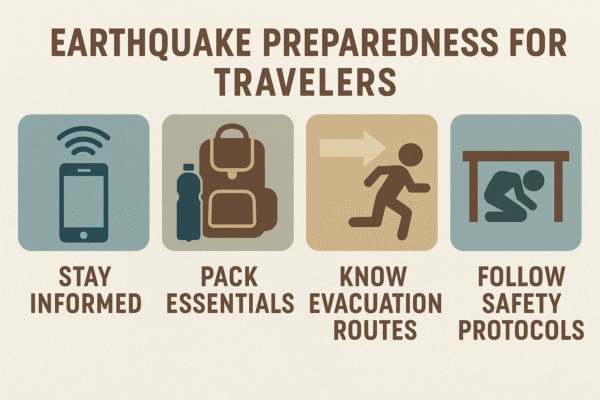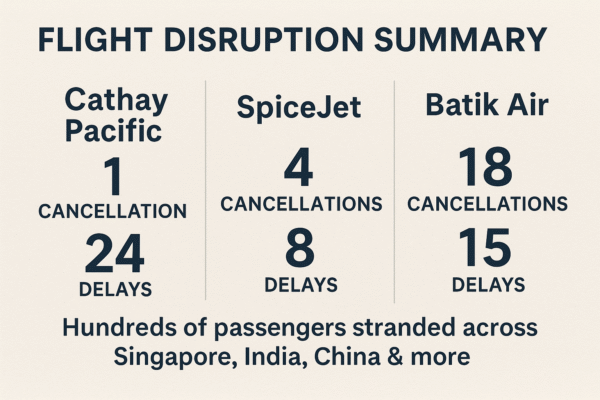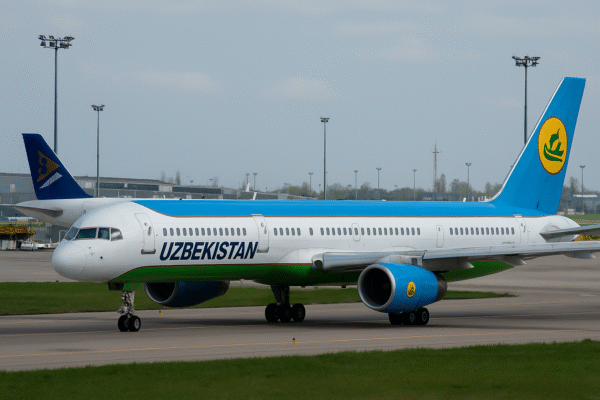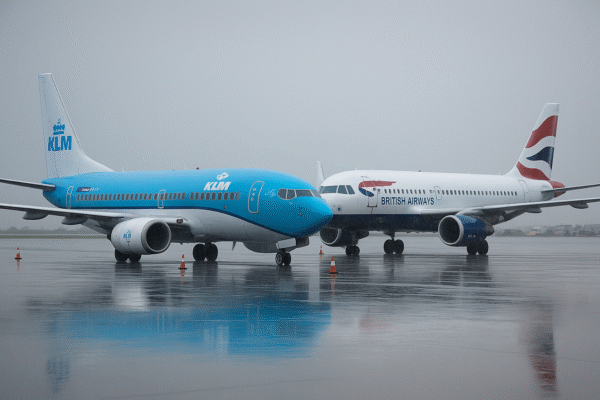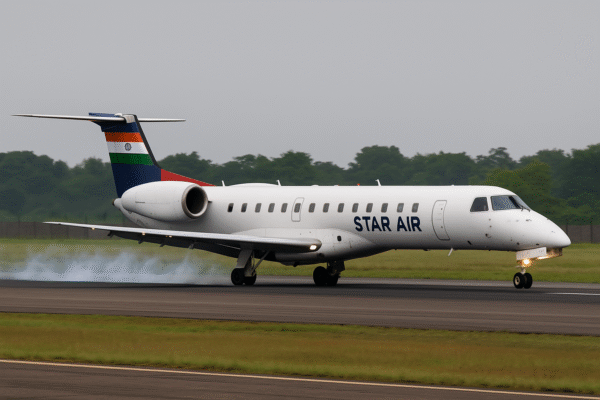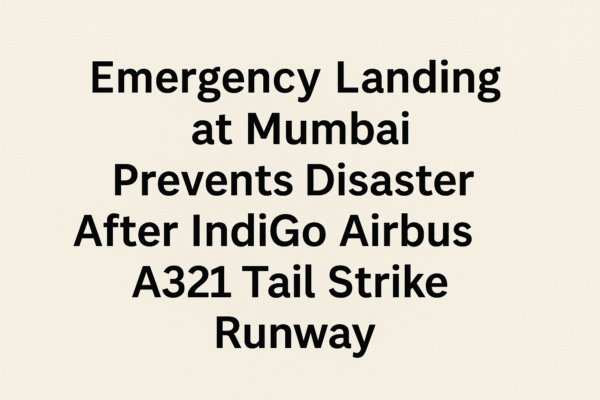Mumbai, India – In a tense aviation incident early Saturday, IndiGo flight 6E 1060, operating from Bangkok to Mumbai, narrowly avoided catastrophe when its tail struck the runway while executing a low-altitude go-around at Chhatrapati Shivaji Maharaj International Airport (CSMIA) due to severe weather conditions. Thankfully, the aircraft managed to land safely on the second attempt, with no injuries reported.
What Happened: A High-Stakes Go-Around
The Airbus A321 (registration VT‑ICM) had descended towards Runway 27 when the worsening rain and wind forced the flight crew to abort the landing and initiate a go-around procedure. During this maneuver, the aircraft’s tail made contact with the runway—also known as a tail strike. Despite the unsettling incident, the crew controlled the aircraft and made a successful second landing at around 3:04 a.m. local time.
Officials confirmed that heavy rain and poor visibility were the primary contributors to the go-around and tail strike event. CSMIA’s wet runway made the task more challenging, but emergency response teams were immediately on hand.
First-Hand Overview
- Flight Details: Flight 6E 1060, Airbus A321 VT‑ICM, from Bangkok.
- Incident Time: Early hours of August 16, 2025, during landing approach.
- Location: Runway 27, Mumbai Airport.
- Weather Condition: Heavy rain and strong winds.
- Result: Tail strike occurred during a go-around; safe landing on second approach; no injuries.
- Regulatory Action: The DGCA has initiated a formal investigation into the incident.
Tail Strikes: A Recurring Concern for IndiGo
This is not the first time command crews have dealt with tail strikes during landing attempts. It marks the seventh tail strike involving IndiGo’s A321 fleet in just two years, prompting a notice of concern from the DGCA over recurring safety issues. The regulator previously imposed a ₹30 lakh penalty in 2023 due to a string of tail strikes in a six-month period.
The DGCA’s continued scrutiny reflects concerns around pilot training, go-around execution, and emergency handling protocols—especially in adverse weather conditions.
Emergency Protocols Executed Seamlessly
Upon impact, the aircraft did not lose control—a testament to pilot skill and robust safety protocols:
- Flight crew immediately communicated with Air Traffic Control for a swift second approach.
- On-ground emergency teams including firefighters, medical staff, and airport security stood ready to respond.
- Passengers were disembarked calmly, and the aircraft was relocated for inspection and maintenance checks.
Broader Airport Operations Affected
Mumbai has been facing heavy monsoon rainfall, leading to:
- At least 14 other flights executing go-arounds or being diverted due to runway conditions.
- Local trains and road transport also affected by city-wide flooding.
The incident highlighted the compounded challenges of Mumbai’s storm-prone weather interwoven with high airport traffic volumes.
What’s Next: Investigation and Recovery
The DGCA’s investigation will include:
- Technical assessment of the aircraft and the extent of tail damage.
- Review of pilot decision-making and training logs.
- Verification of weather data and runway conditions at landing time.
- Outcomes will inform updated safety protocols and potential corrective training measures for the airline.
Safety First Amid Fluid Conditions
Though unsettling, this incident serves as a strong example of modern aviation safety setups:
- Crew adhered to go-around protocols, recognized hazards, and executed another safe landing.
- The airport’s coordinated emergency system effectively responded, minimizing risk.
For passengers, staying calm and following crew instructions remains vital when operations are affected by monsoon weather.
For more travel news like this, keep reading Global Travel Wire




